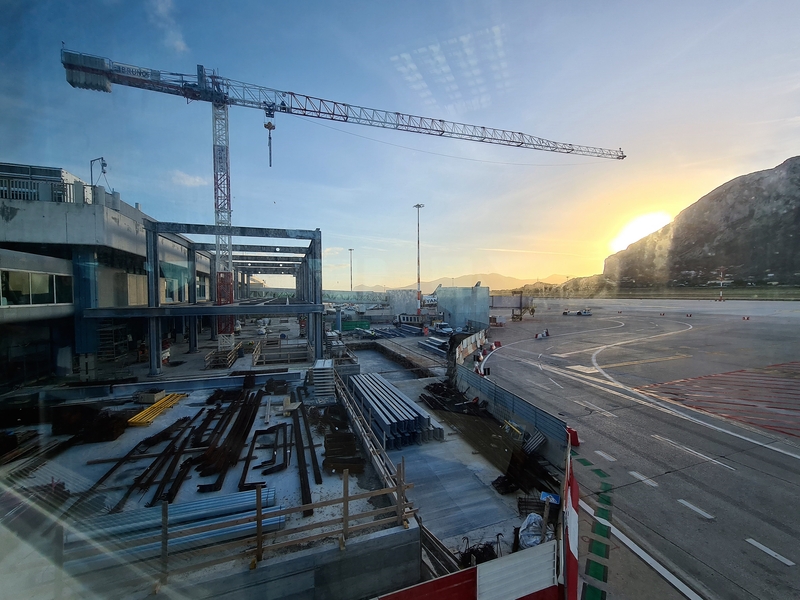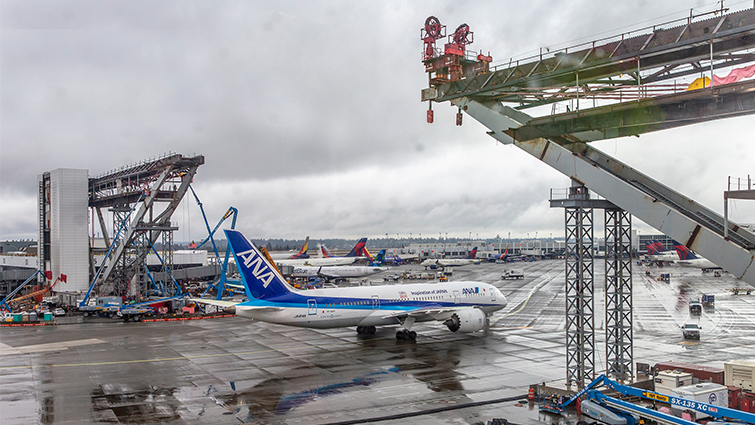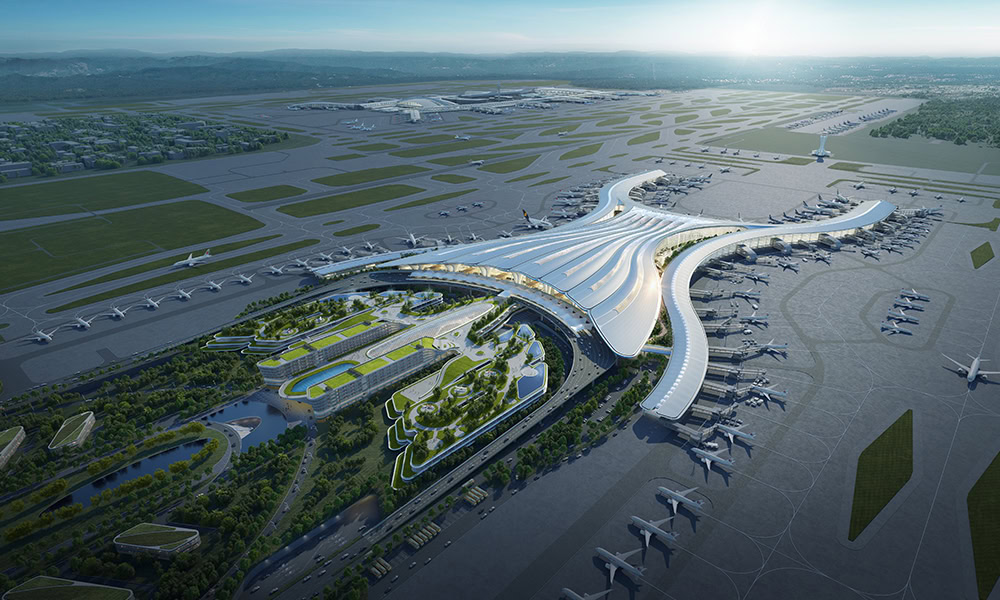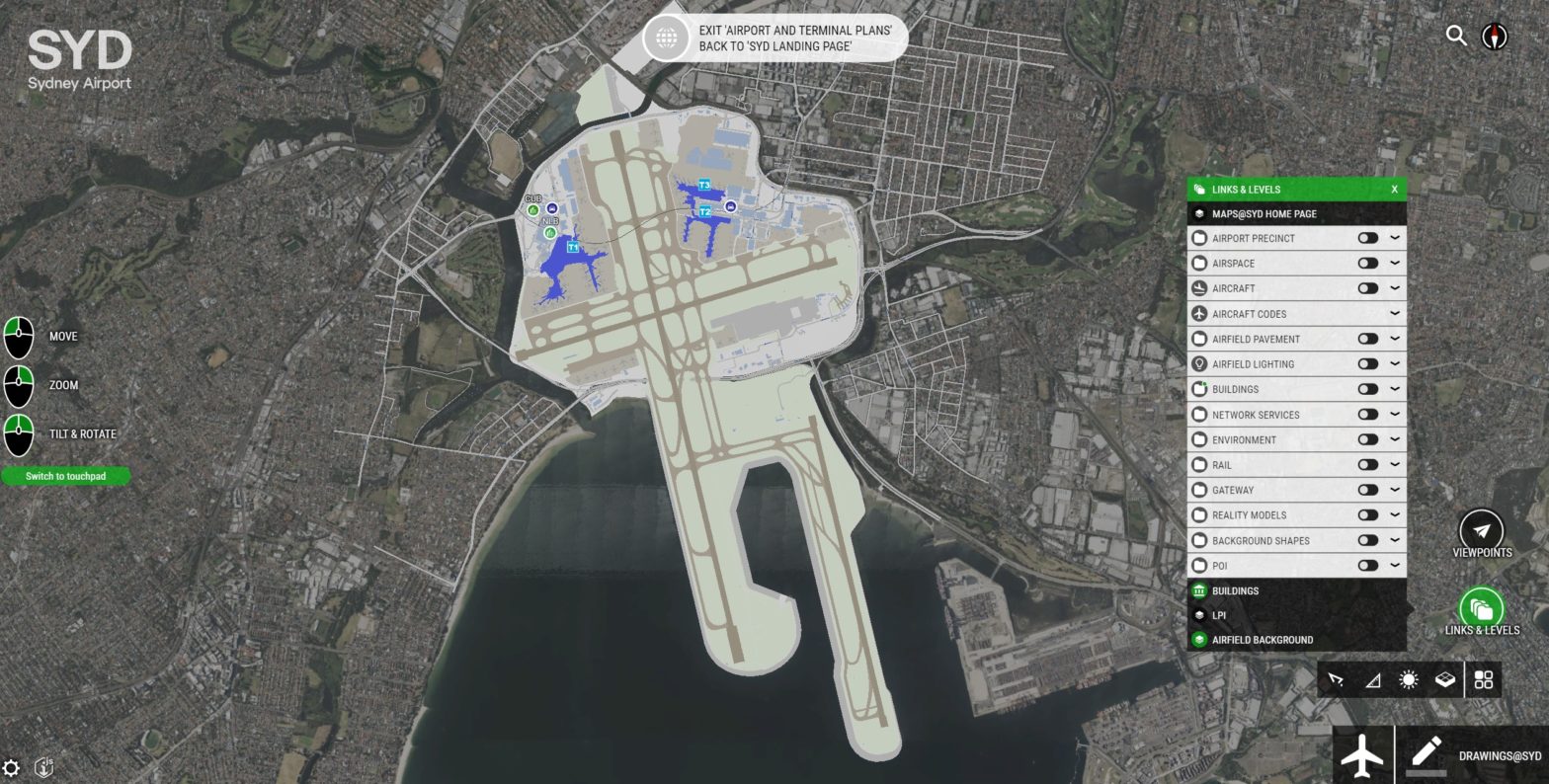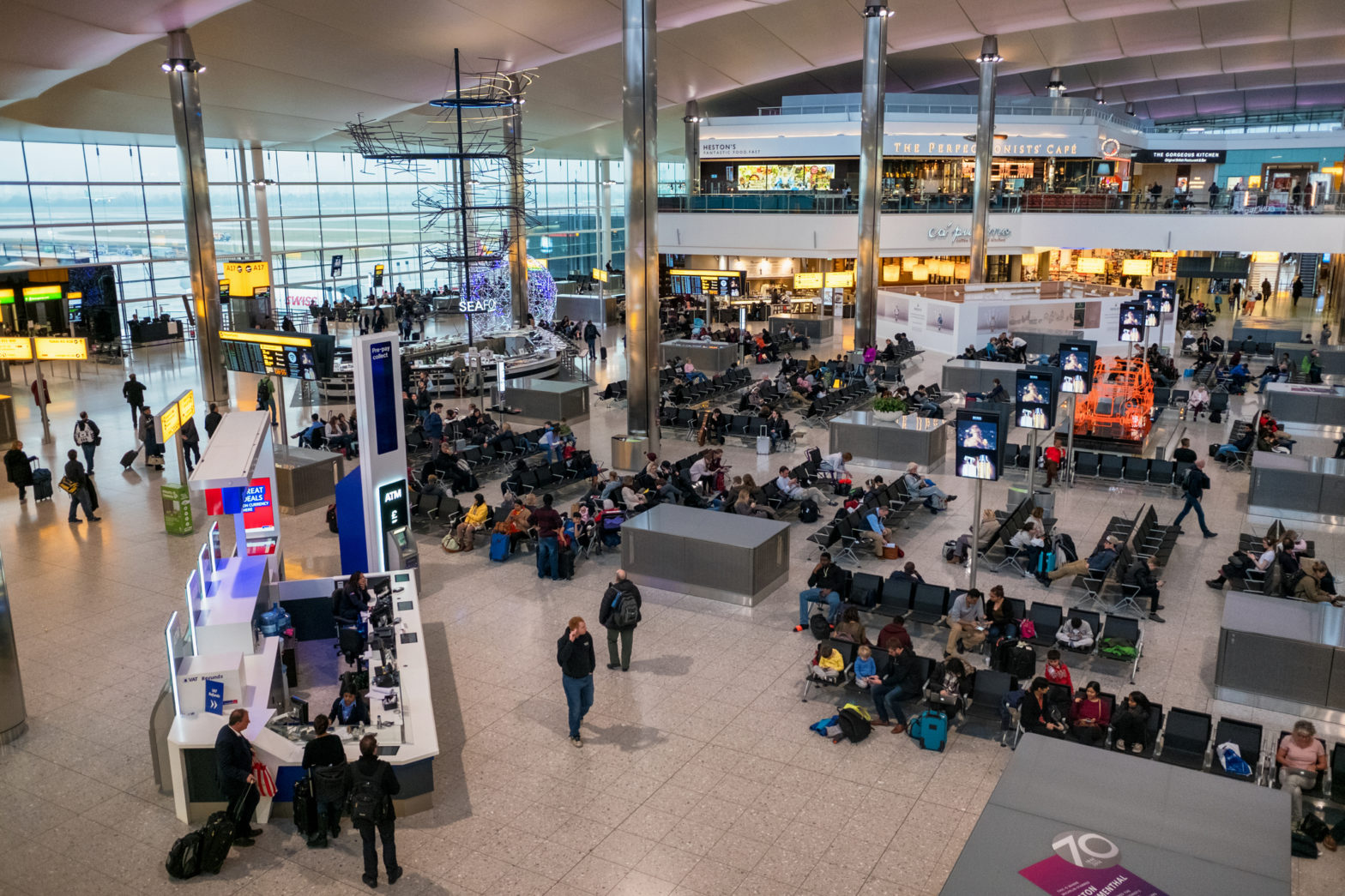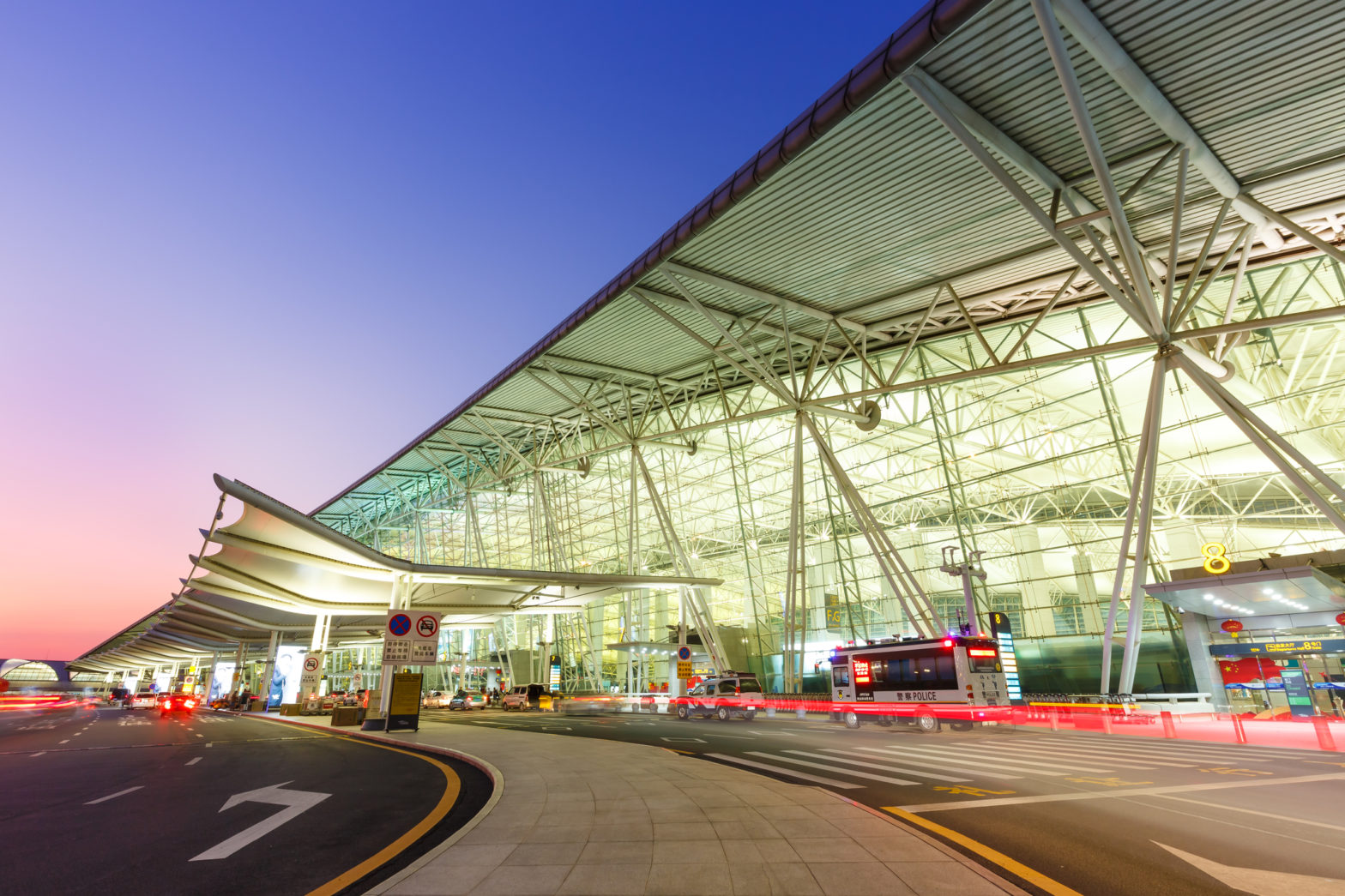
How digital rehearsals are helping airports manage disruption
31 July 2025
By Leif Johnson, Industry Solutions Director – Transportation at Bentley Systems
Airport construction today requires an entirely different mindset from even a decade ago. Projects now take place under intense time pressure and within live, constrained environments. With passengers in motion and tight flight schedules to maintain, even minor missteps in planning can result in costly operational disruption.
Large airports often manage dozens of capital projects at once, each with potential to interfere with flight operations, passenger experience or revenue. A resurfacing project near a runway may affect aircraft routing; a baggage hall upgrade could disrupt flow at check-in. It’s not enough to look at a schedule and hope for the best. A growing number of airports are responding with a more proactive approach: digital rehearsals.
Digital rehearsal isn’t just a technological upgrade–it represents a cultural shift in how airports approach delivery. Before the first crew steps onsite, teams can simulate construction virtually. This allows them to uncover risks in advance, test different sequencing options, and ensure alignment across all parties. It’s a way of working that brings clarity, accountability, and agility to even the most complex projects.

This planning approach is particularly valuable in airside environments, where a delayed component or blocked access route can quickly ripple across the wider operation. Whether it’s apron resurfacing, runway work, or terminal refurbishment, projects have to be delivered within narrow windows and strict tolerances. Using 4D modelling, airports can rehearse each step before execution, building confidence that the real-world delivery will proceed safely and without disruption.
What sets this apart is its inclusivity. When airports use tools like Bentley’s SYNCHRO 4D, they gain a shared digital environment that connects not just the project team, but also airport operations, airline partners, and third-party contractors. Everyone accesses the same visual plan. This shared visibility reduces the chance of miscommunication–one of the most common causes of delay and inefficiency.
At Heathrow, for example, SYNCHRO has been used to coordinate over 400 concurrent projects. The platform allows delivery teams to align project timelines with the physical environment, helping them avoid clashes and schedule work around peak times. With all stakeholders operating from a single, intuitive model, phasing becomes more precise and the wider airport operation remains protected.
Connecting delivery to long-term performance
A growing priority for airports is ensuring that what’s built today can be operated and maintained efficiently tomorrow. Yet many owners still face challenges at the point of handover. Projects are often delivered by multiple contractors using disparate systems, leaving operations teams to piece together critical information after the fact. Without a clear, unified picture, maintaining and managing infrastructure becomes significantly harder.
Digital rehearsals help overcome this by embedding structured data and sequencing information from the outset. When construction is planned in a 4D environment, handover becomes more than a file drop–it’s a continuation of a data-rich process that supports long-term operations.
This means facilities teams inherit a reliable dataset–one that helps them maintain assets, plan upgrades and manage performance with greater certainty.
Sustainability benefits follow as well. Digital rehearsal reduces rework, shortens site visits, and enables remote collaboration, all of which lower emissions and improve safety. It also supports better labour and equipment planning, helping airports reduce idle time and optimise use of resources.
We’ve seen these benefits realised at Guangzhou Baiyun International Airport (pictured), where early adoption of 4D planning and digital twins enabled the delivery of major upgrades without interrupting daily operations. By simulating sequences ahead of time and resolving logistical constraints early, the team was able to reduce disruption and carry high-quality data into long-term asset management.
For airport leaders, the message is clear: construction can no longer be treated as separate from operations. Projects must be delivered in a way that supports the live environment, not threatens it. Digital rehearsal helps make that possible–creating the conditions for fewer surprises, better coordination, and stronger outcomes across the asset lifecycle.
When delivery teams, airport managers and stakeholders come together around a shared visual plan, they not only avoid disruption–they lay the groundwork for a more resilient, future-ready airport.
Image: Boarding1now | Dreamstime.com



